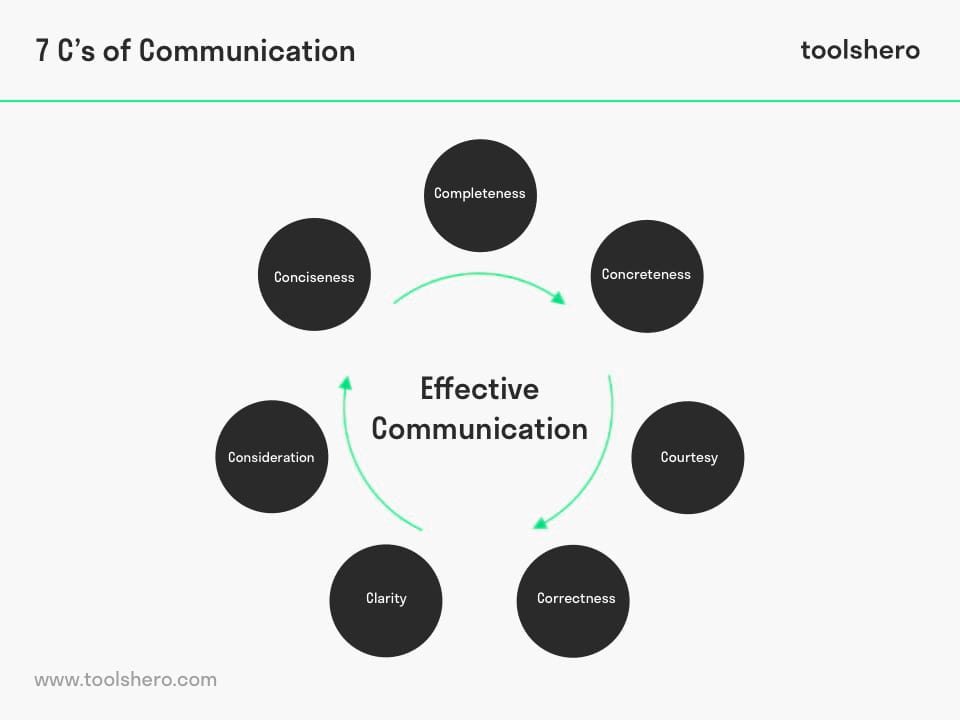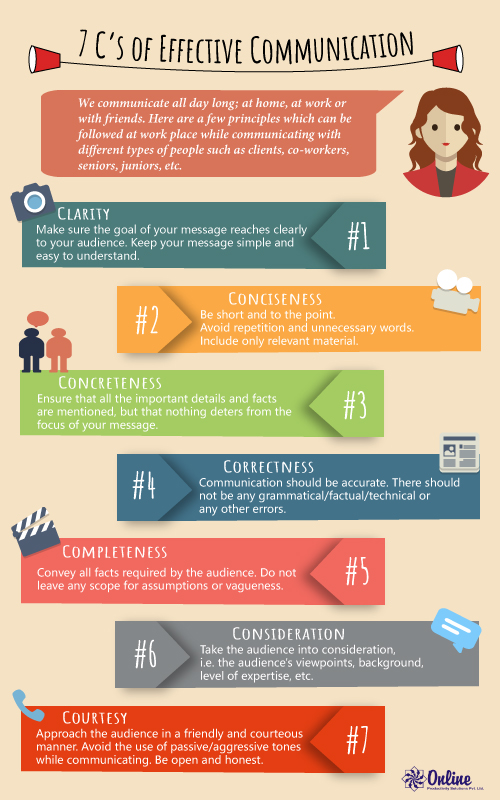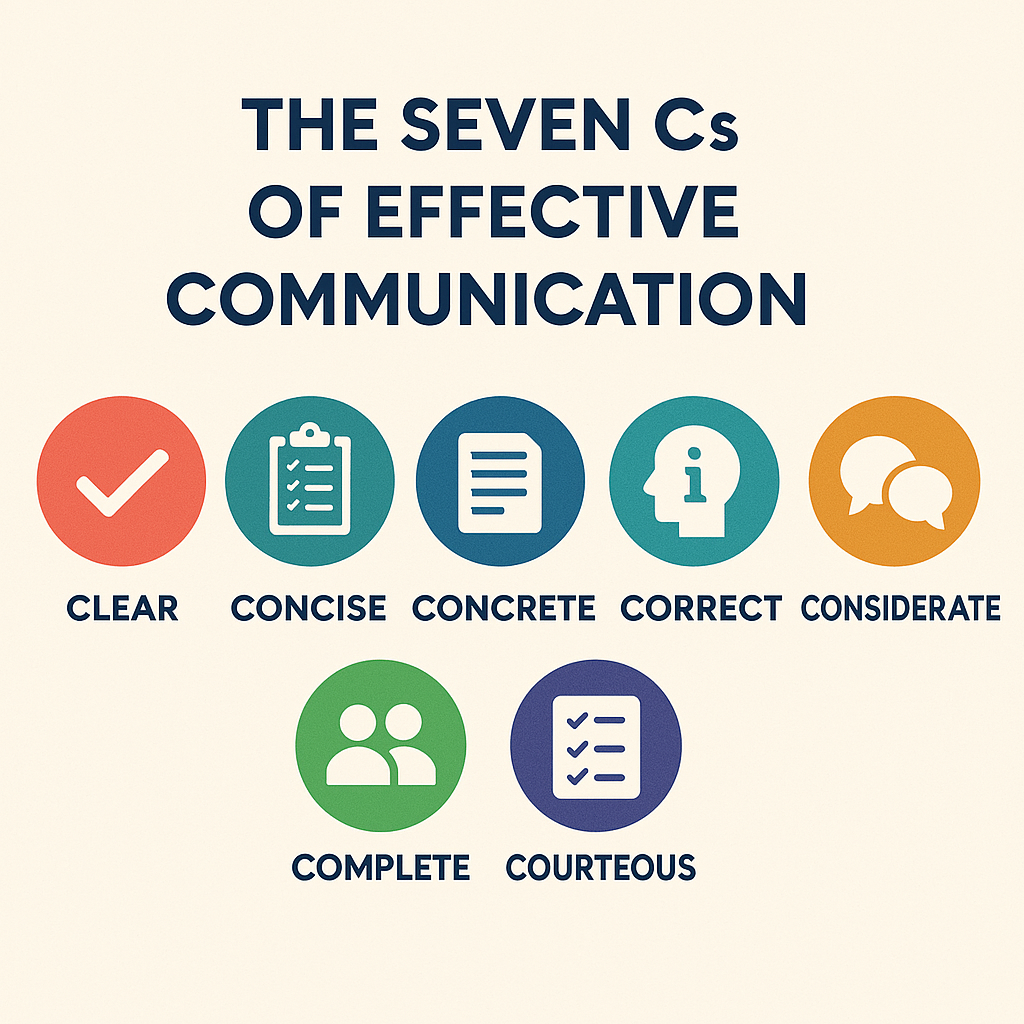
Overview of Effective Communication
Definition and Importance of Effective Communication
Effective communication means clearly and persuasively sharing information so that the message is both received and understood. In a world that thrives on connectivity, mastering this skill is paramount.
Consider this: when a team effectively communicates, it paves the way for collaboration, builds strong relationships, and enhances productivity. A project manager who clearly communicates goals can reduce misunderstandings, improve task efficiency, and promote transparency.
The importance of effective communication extends beyond mere words. It encompasses:
- Clarity: Ensuring the message is straightforward and easily digestible.
- Engagement: Captivating your audience’s attention and holding it.
- Persuasion: Convincing others to take action based on the communicated message.
In essence, effective communication is a fundamental pillar of success in any professional setting.
Why Your Words Aren’t Landing (A Modern Communication Crisis)
Despite the advancements in communication technology, many individuals still struggle to make their words resonate. This disconnect often stems from:
- Over-complication: Cluttered language can confuse more than clarify. Simple, concise messages are more impactful.
- Emotional Disconnect: The absence of empathy can lead to misinterpretations. If a message lacks a human touch, it may feel cold or insincere.
- Information Overload: In this digital age, people are bombarded with information; they may disengage if a message is lengthy or lacks focus.
To illustrate, consider an office email that rambles on about minor updates rather than honing in on essential action items. This not only frustrates readers but can lead to important details being overlooked.
Ultimately, recognizing these pitfalls is the first step toward improving communication strategies and ensuring messages successfully reach their targets.
C1 & C2: The Clarity and Conciseness Mandate: Respecting Your Audience’s Time
In the fast-paced world we live in, time is a precious commodity. With overflowing inboxes and constant notifications, respecting your audience’s time is paramount. This is where clarity and conciseness come into play – two essential tenets of effective communication.
The Power of Clarity
Clarity ensures that your message is understood without ambiguity. Think of it this way: when instructions are laid out clearly, tasks are executed more efficiently. For example, when discussing project objectives, instead of using jargon or vague terms, specify what success looks like:
- Effective: “Complete the market analysis by Friday, focusing on competitor pricing.”
- Ineffective: “You should check the market, and then maybe look at what competitors are doing.”
The first statement leaves no room for doubt.
The Value of Conciseness
Conciseness, on the other hand, cuts to the chase. Everyone appreciates brevity: the ability to communicate essential points without superfluous details. Here’s a personal reflection: I once attended a lengthy presentation filled with unnecessary background, leaving little time for discussion. Frustrating, isn’t it?
To achieve conciseness, try to:
- Eliminate redundant phrases: Instead of saying “in order to,” simply use “to.”
- Avoid filler content: Get straight to the point, maintaining your audience’s engagement.
Putting It Together
Combining clarity and conciseness not only enhances understanding but also demonstrates respect for the audience. Consider this checklist before any communication:
- What is the core message?
- Have I eliminated unnecessary jargon?
- Am I getting to the point quickly?
Embracing clarity and conciseness helps your audience understand essential information without feeling overwhelmed, leading to effective communication.

C3 & C4: Building Trust with Concrete and Correct Messages
As communication continues to evolve, one thing remains constant: trust is the bedrock of all professional relationships. To build and maintain that trust, the messages you convey must be both concrete and correct.
The Importance of Concrete Messages
Concrete messages provide specific information that is tangible and actionable. They eliminate ambiguity, making it clear what is expected. Instead of saying, “Our sales team needs to improve,” a clearer option is, “Our sales team should contact 50 potential clients each week.”
This specificity allows individuals to grasp the expectation and work towards a measurable goal. Here are some tips to make your messages more concrete:
- Use specific data: Instead of vague references, sharing accurate figures enhances credibility.
- Define goals clearly: Clearly articulated objectives ensure that everyone is on the same page.
The Need for Correct Messages
However, concrete information must be backed by accuracy. Incorrect messages can lead to confusion, misconceptions, and ultimately, a loss of trust. A false project deadline email to department heads could result in rushed work, missed deadlines, and harm their reputations.
To ensure the correctness of your messages, consider the following steps:
- Fact-check: Always verify details before sharing them.
- Seek feedback: A second set of eyes can catch errors that might have slipped through.
Trust Through Transparency
When individuals consistently deliver concrete and correct messages, trust naturally follows. This transparency fosters a culture where everyone feels confident voicing their thoughts and concerns.
Prioritizing clarity and accuracy builds trust, resulting in better collaboration and a positive work environment. This, in turn, drives better results and greater overall satisfaction.

C5 & C6: The Logic of Language: Achieving Coherence and Completeness
As we delve deeper into effective communication, coherence and completeness emerge as critical components that enhance clarity and strengthen understanding. These elements create a logical flow in conversations and writing, helping your audience understand more easily.
The Significance of Coherence
Coherence refers to the logical connections between ideas in your message. It ensures that each point you make seamlessly connects to the next, creating a narrative that is easy to follow. A story that abruptly jumps between scenes without explanation can be confusing.
To achieve coherence in your communication, consider these strategies:
- Organize your thoughts: Use outlines or bullet points to structure your message logically.
- Use transitions: Words like “furthermore,” “however,” and “in addition” help guide the audience through your points.
When giving a project update, you can say, “The initial phase is complete, so we will now move to the execution stage, which involves…”
The Necessity of Completeness
Completeness goes hand in hand with coherence. It ensures that your message includes all the necessary information without leaving your audience with questions. When discussing a new initiative, it’s crucial to cover all relevant aspects—objectives, timelines, and resources—so everyone has a clear understanding.
To maintain completeness, keep these pointers in mind:
- Anticipate questions: Think about the information your audience might need and include it.
- Summarize key points: A brief recap can clarify your message and reinforce critical details.
Putting It All Together
By integrating coherence and completeness in your messages, you foster a more engaging and informative dialogue. This approach not only aids understanding but also promotes confidence among team members, ultimately leading to more effective collaboration. When your audience comprehends your points fully and clearly, you’re well on your way to achieving your communication goals.

C7: The Human Element: Making Courtesy Your Communication Foundation
Effective communication involves more than sharing information; words also convey emotions and influence relationships. This is where the human element comes into play. At the heart of all successful interactions lies courtesy, which enhances the message while strengthening connections.
The Role of Courtesy in Communication
Courtesy goes beyond being polite; it’s about recognizing the intrinsic value of your audience and treating them with respect. A simple “thank you” or “please” can go a long way. When asking a colleague for help, expressing gratitude makes the request more pleasant and fosters collaboration.
- Instead of saying, “I need this report by tomorrow,” try, “Could you please share the report by tomorrow? I would really appreciate it!”
This small adjustment elevates the tone of your request, establishing a respectful dialogue.
Being courteous also involves understanding where others are coming from and acknowledging their feelings. This can be particularly valuable in difficult conversations. For instance, if a project hasn’t turned out as expected, approaching the discussion with sensitivity helps in managing emotions:
- “I understand this project has been challenging, and I appreciate everyone’s effort in trying to navigate through it.”
This type of language signals that you value your team’s hard work, creating an environment of trust and support.
Building Relationships Through Courtesy
Incorporating courtesy into your communication lays the groundwork for positive relationships. It encourages open dialogue, fosters collaboration, and ultimately leads to a more harmonious workplace. When individuals feel valued, they are more likely to engage fully and contribute positively.
Recognizing the human element and practicing courtesy makes communication a strong tool for building lasting relationships, not just for sharing information. This approach improves both professional and personal interactions, with courtesy as the key to effective communication.

Putting It All Together: Your 7-Point Checklist for Every Email and Meeting
As we wrap up our exploration of effective communication, it’s essential to have a practical framework you can rely on. A structured checklist can streamline your communication process, ensuring you incorporate all the key aspects we’ve discussed. Here’s a 7-point checklist to guide you in crafting every email and leading every meeting with clarity and purpose.
Your 7-Point Communication Checklist
- Clear Objective: What is the main goal of your message or meeting? Define it upfront to maintain focus.
- Concise Content: Have you eliminated unnecessary jargon and fluff? Keep it brief and to the point.
- Coherent Structure: Does your message flow logically? Use headings and bullet points for readability and clarity.
- Correct Information: Double-check all details. Are dates, figures, and deadlines accurate? Inaccuracies can erode trust.
- Concrete Examples: Have you included specific instances to support your points? Concrete messages resonate better.
- Courteous Tone: Is your language respectful and friendly? Always remember the power of “please” and “thank you.”
- Summarize & Next Steps: Have you wrapped up with a summary and clear action items? This ensures everyone knows what to expect moving forward.
Applying the Checklist in Real Life
Imagine you’re preparing for a project kickoff meeting. You can run through this checklist to ensure you’re fully prepared:
- Objective: “We aim to align team roles and set deadlines.”
- Conciseness: You draft a brief agenda.
- Coherence: You organize points logically in the agenda.
By applying this 7-point checklist, you pave the way for more effective communication. This approach doesn’t just enhance clarity; it showcases your professionalism and respect for your audience’s time.
Using this checklist in every interaction, whether written or spoken, can improve your communication skills and lead to better results. Remember that effective communication is a continuous journey, and these fundamental tools are your compass along the way
Conclusion
Let’s summarize the key points of effective communication as we conclude our exploration. Ensuring that you incorporate these principles can greatly enhance both your personal and professional interactions.
Recap of the Seven Cs of Effective Communication
We’ve delved into the Seven Cs, which serve as the cornerstone of effective communication.
- Clarity: Ensuring your message is easily understandable.
- Conciseness: Keeping your communication brief and to the point.
- Concrete: Providing specific facts and examples to support your message.
- Correctness: Ensuring all information is accurate and factual.
- Coherence: Structuring your communication logically for easy understanding.
- Completeness: Including all necessary information to avoid confusion.
- Courtesy: Approaching every interaction with respect and friendliness.
These principles work hand in hand to create a framework that facilitates meaningful dialogue and strengthens relationships.
Final Thoughts on Implementing These Principles
Now that you have a comprehensive understanding of the Seven Cs, the next step is implementation. Here are some practical tips to seamlessly weave these principles into your daily communication:
- Practice Regularly: Like any skill, effective communication improves with practice. The more you use these principles, the more natural they will become.
- Seek Feedback: Don’t hesitate to ask for input from colleagues or friends on your communication style. Their insights can help you refine your approach.
- Reflect on Past Interactions: After meetings or emails, take a moment to consider what went well and what could be improved. This reflection solidifies learning.
Incorporating the Seven Cs of effective communication into your daily interactions improves your communication skills and encourages collaboration and understanding. Embrace this journey, and you will find greater success in every conversation you have.
For More Information
Check out my AI-generated podcast here:




